
Kerbals on the Mun
image wikimedia.commons
image from Harold Lloyd's classic silent comedy
Safety Last! 1923 from the book An American Comedy

ESA Rosetta mission comet landing as rendered by
xkcd.com
and archived by MagicalTux
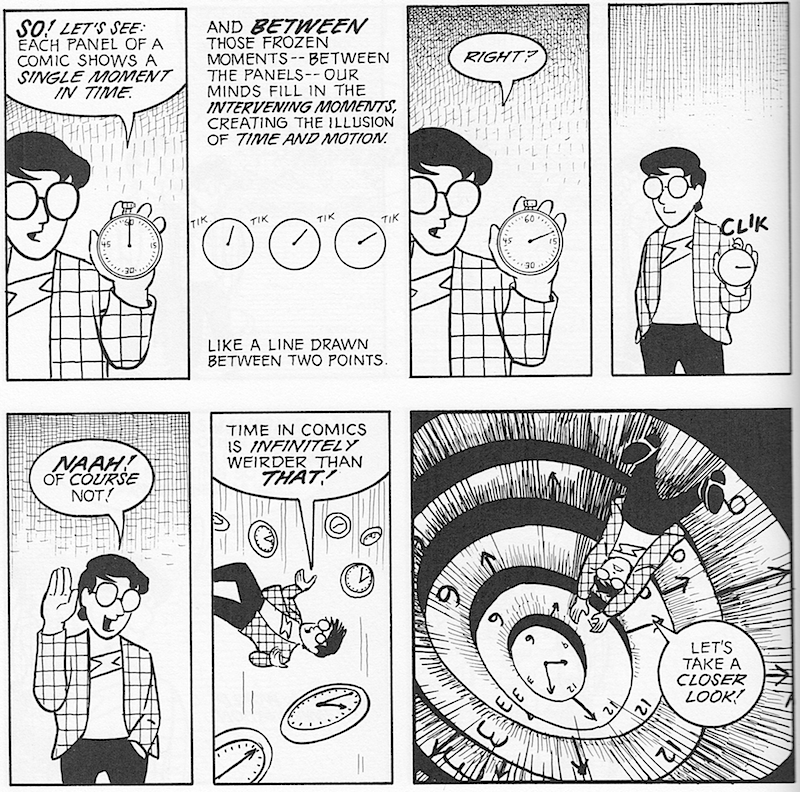
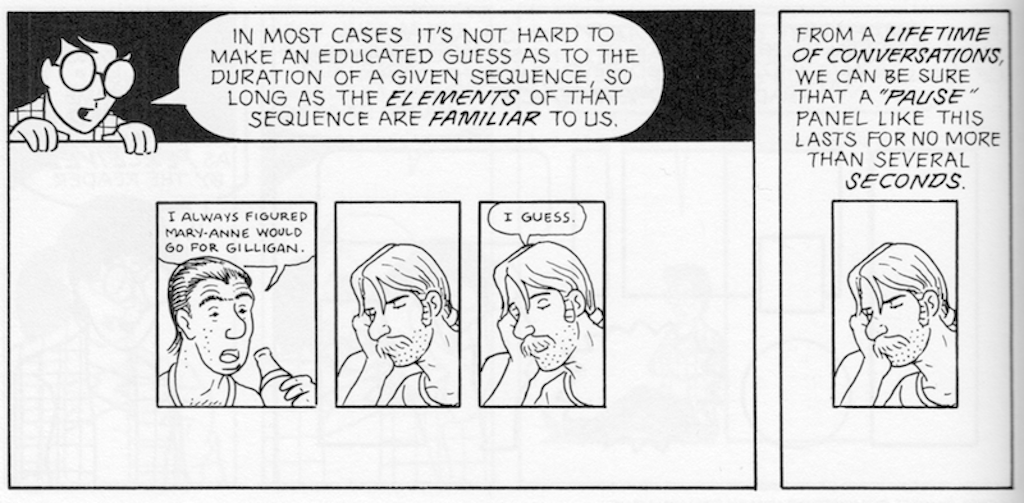
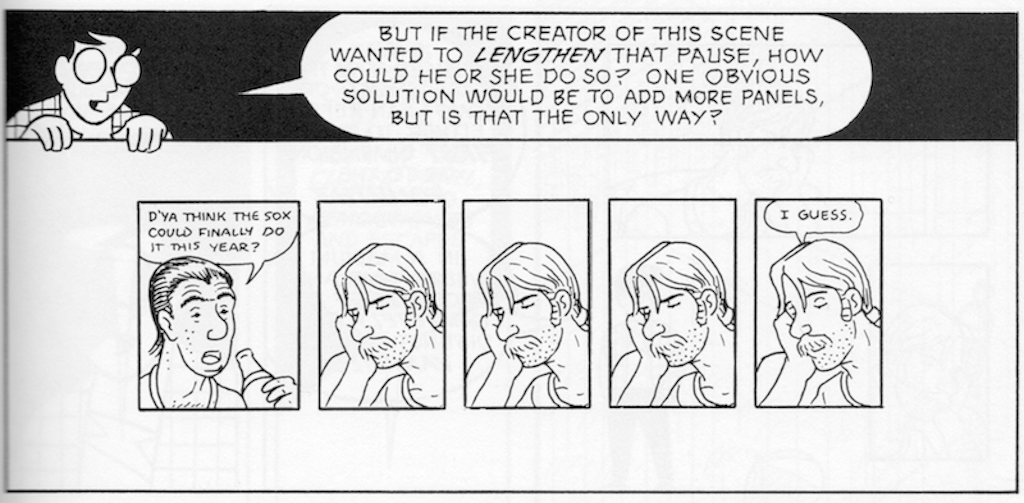
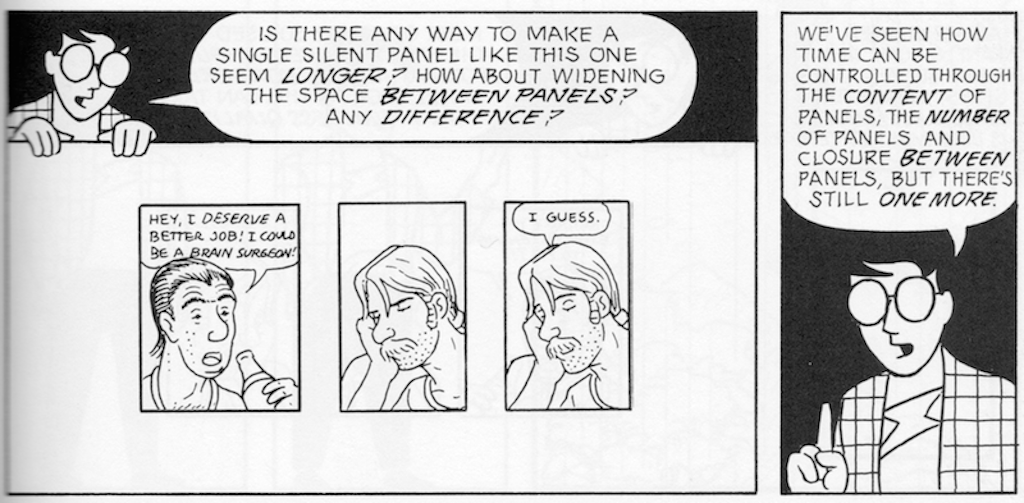
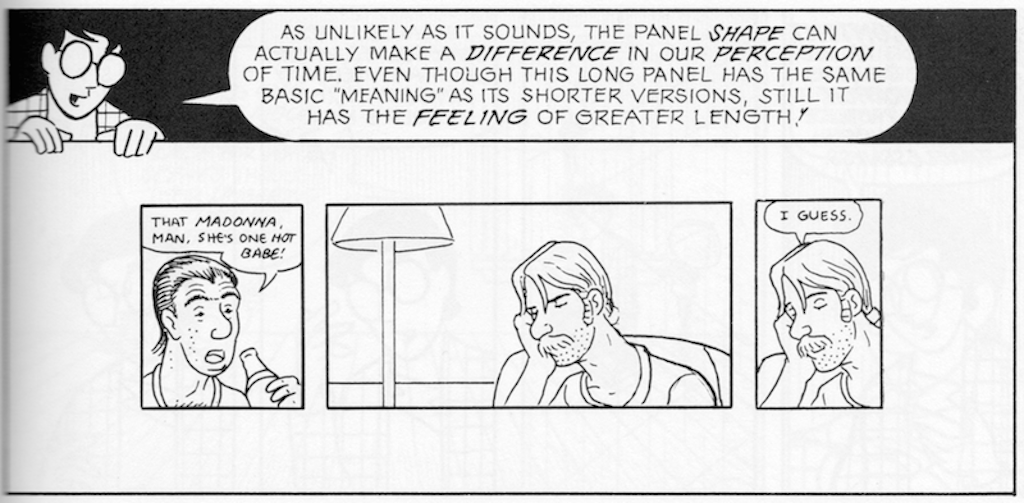
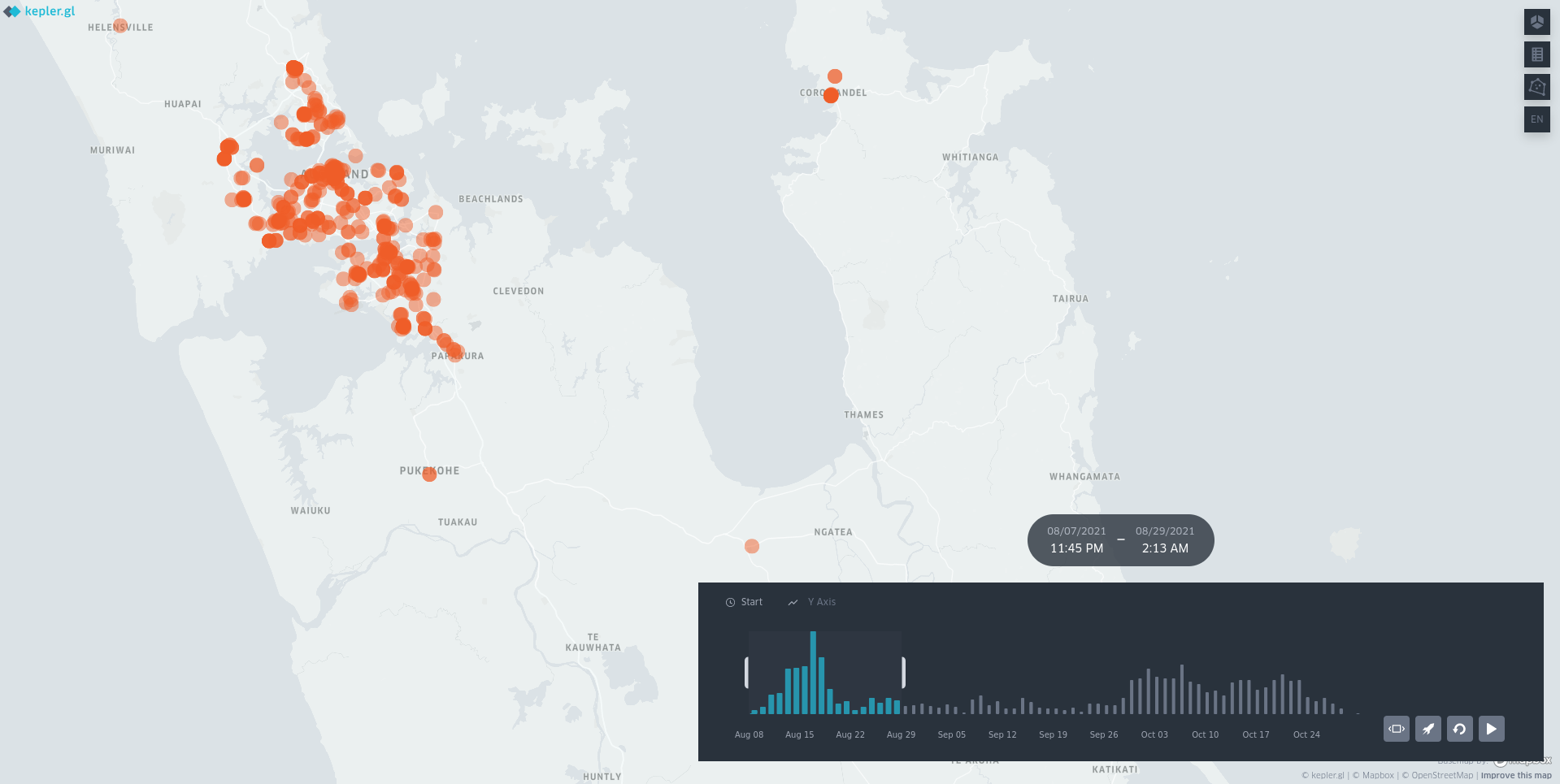

tm_facets and tm_animation
Eadweard [sic] Muybridge's Horse in Motion
image source Library of Congress
see also
this extraordinary documentary
source wikimedia.commons
Mark Rothko's Black on Maroon 1958, 2667 x 3812 mm
Tate Gallery, image source
tate.org.uk
Army Corps of Engineers San Francisco Bay model
in Sausalito, image source
wikimedia.commons

This isn’t super complicated, but it’s complicated enough!
See: O’Sullivan D, M Gahegan, DJ Exeter and B Adams. 2020. Spatially explicit models for exploring COVID 19 lockdown strategies. Transactions in GIS 24(4) 967–1000.
Bill Phillips's MONIAC (Monetary National Income
Analogue Computer) hydraulic model of the economy
developed at LSE in the 1950s, image source
LSE Library archives.
They also have one at the Reserve Bank!
source redfish.com
Broader context for this example is in this report
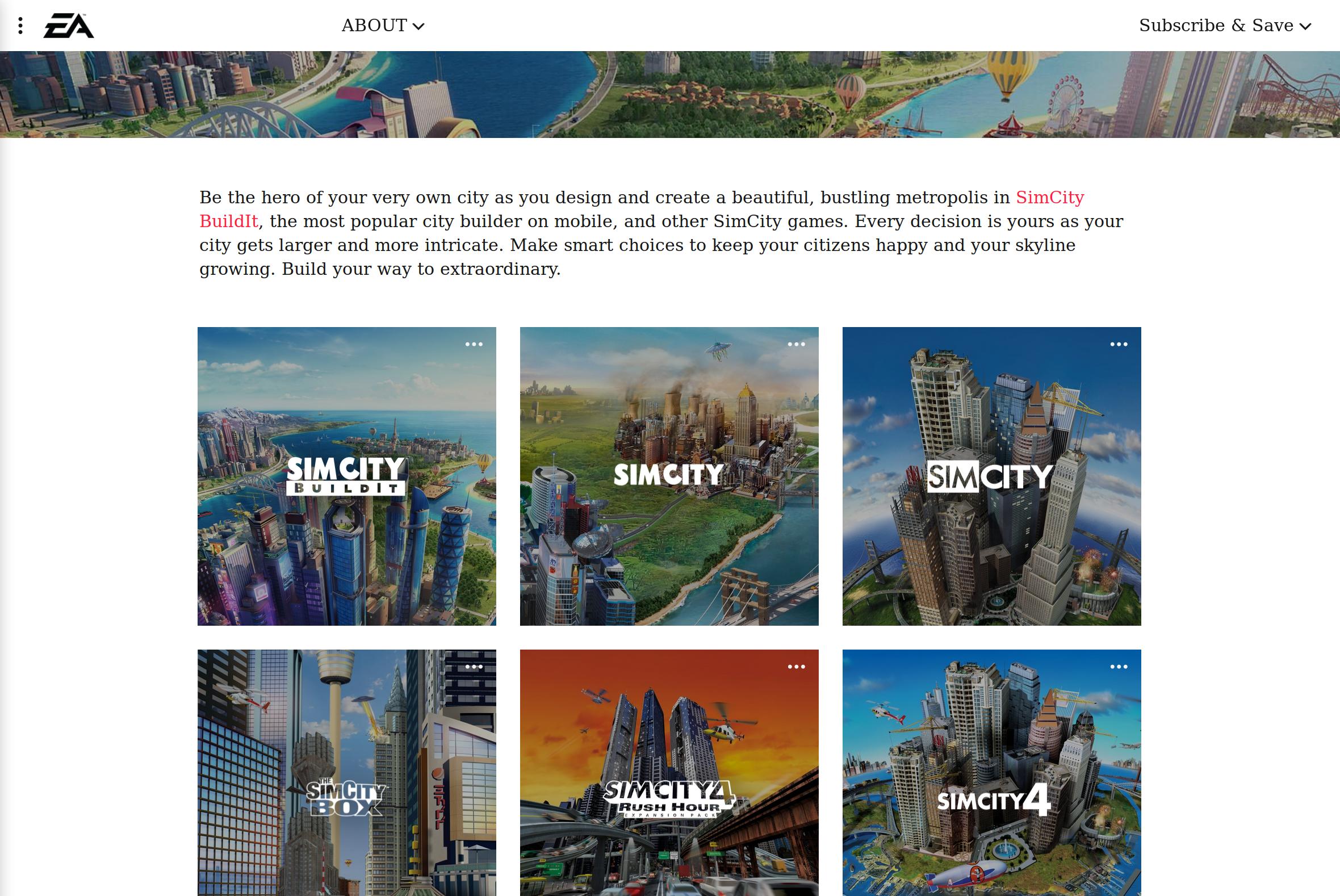
source simcity.com